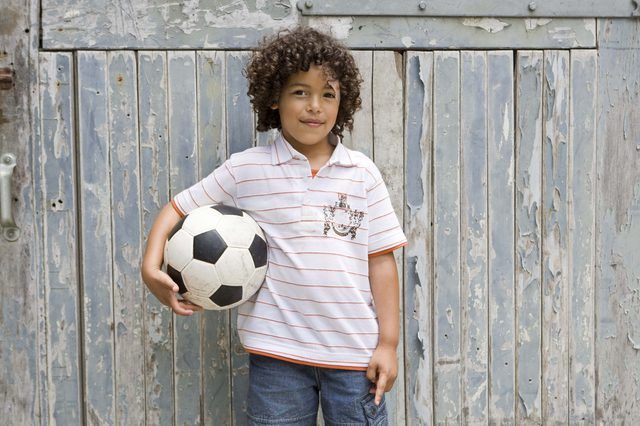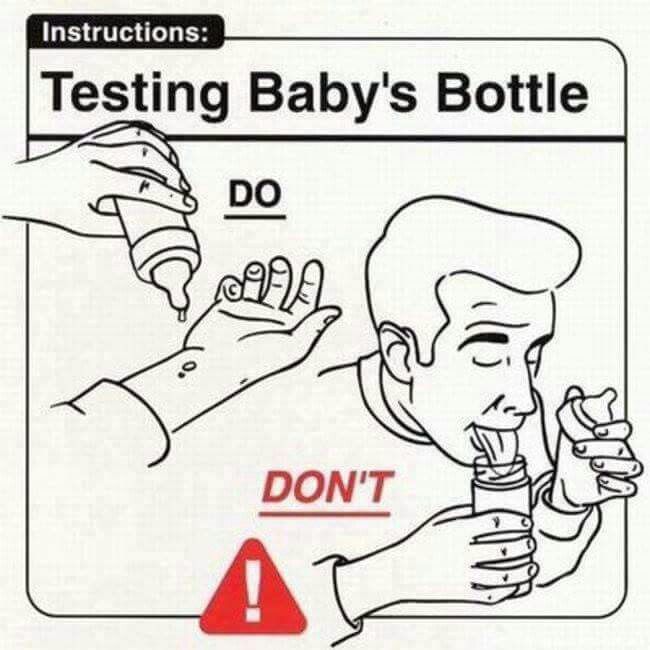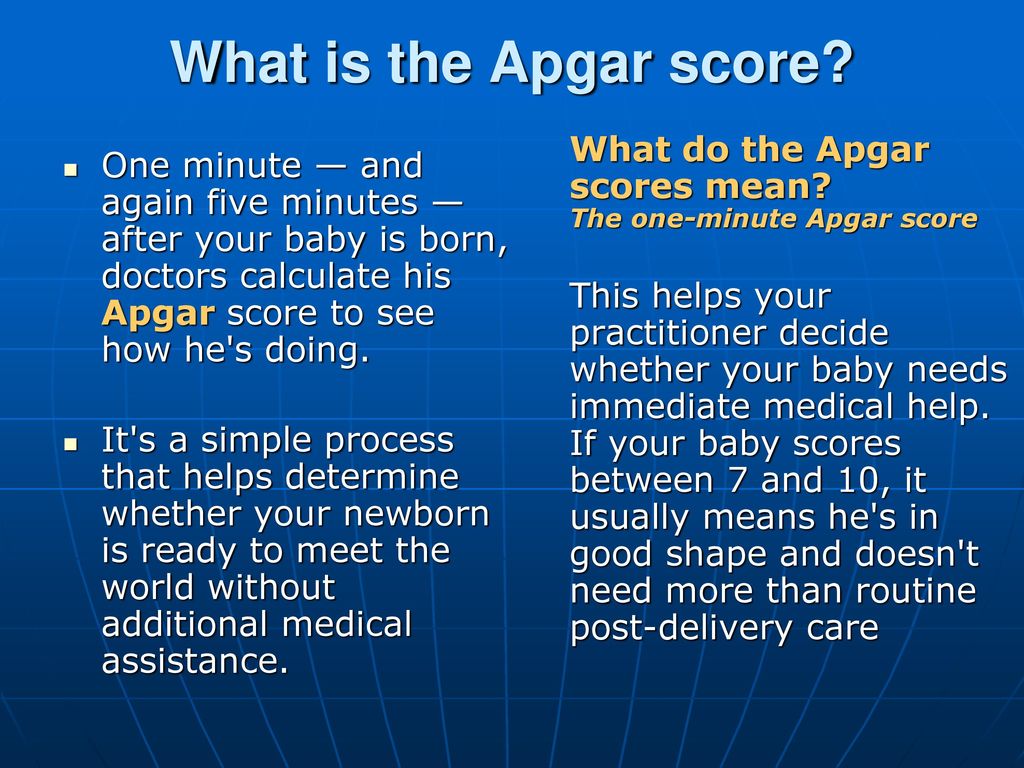How to make your child athletic
10 Simple Activities & Games to Make Your Child More Athletic
Incorporate this list of 10 games and activities into your childs play, and watch how they begin to channel their inner athlete.
At Little Rookies, our goal is to help grow your children into well-rounded athletes who love and excel at baseball. We’ve compiled a list of 10 games and activities to incorporate into your child’s day to help the inner athlete.
You are your children’s role model, their greatest hero. That’s why we encourage you to have an active role in these activities by doing them with your child. This not only serves as bonding time, but instills confidence and strength in your child.
1. START BIG – WITH A KICKBALL
Kickball is an exceptional way of getting your child accustomed to the basics of baseball, but without the bat and tiny ball. For 2-year olds, start with a beach ball or something light but large in size. Work on tossing, rolling, bouncing, and kicking the ball with them so they gain basic dynamic awareness as well as hand and foot coordination.
2. PLAY ‘BUBBLES AND BATS’
All you need for this game is a) bubbles and b) a cardboard paper towel roll or something similar in size (you can even just use your arms and hands!). The game is simple – blow bubbles for your children to pop with their cardboard “bat” or arms, and have them pop as many bubbles as they can, as fast as they can. This is a fun and easy way to test your child’s sense of surroundings and how they react under pressure.
3. UTILIZE YOUR LOCAL PLAYGROUND
This is one activity that we encourage you to let your child do alone (under your supervision, of course). Allow your child earn his or her own way on whatever apparatus they choose – monkey bars, ladders, slides and steps are excellent tools that build basic strength fundamentals. Your child will pull, push, squat, and fall – all key parts of growing as an athlete.
4. PUSHOVER PLANK
This one is simple, parents. Get on your forearms or hands into a full or supported plank. Then have your kid(s) try and push you over.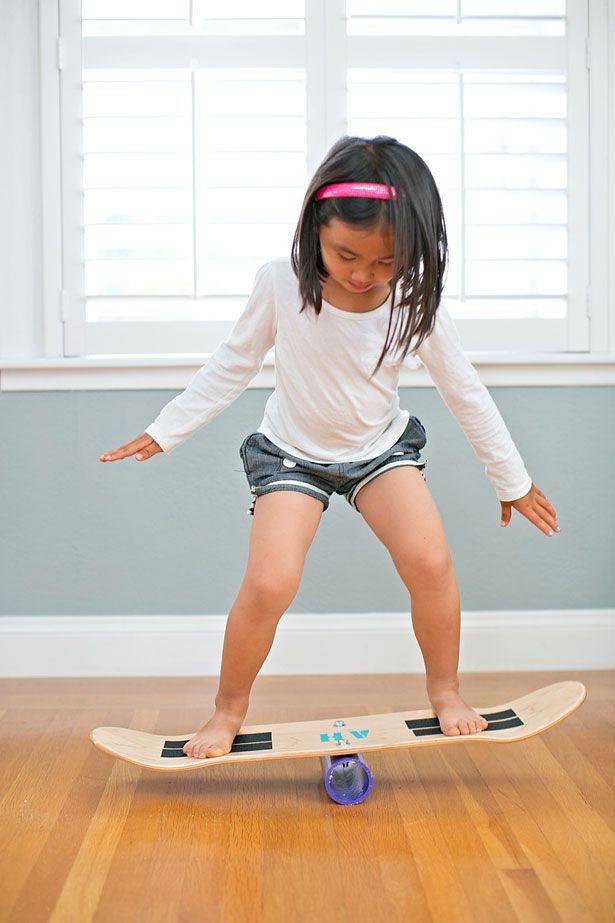 Not only is this a funny and entertaining exercise, but it is valuable for your kids. It works their muscle strength while testing how they deal with frustration versus success.
Not only is this a funny and entertaining exercise, but it is valuable for your kids. It works their muscle strength while testing how they deal with frustration versus success.
5. PLAY TAG
This oldie but goodie encourages a competitive spirit while getting your child’s (and your) heart rate up!
6. PLAY THE CONCENTRATION GAME.
All you need is a set of cards (you can make your own set) with pairs of identical symbols or numbers on them. Start out with 8 pairs (so 16 cards total) and shuffle your cards, placing them face down into 4 rows of 4 cards. Have your child flip one card up and then another, and if they match place them aside. If not, place each card face down again until they find each matching pair. This tests your child’s patience while stimulating their mind and memory of certain positions.
7. FOLLOW THE LEADER
Also called “Mirror,” this game is meant to teach leadership and followership. You have to do whatever the child does, and then vice versa.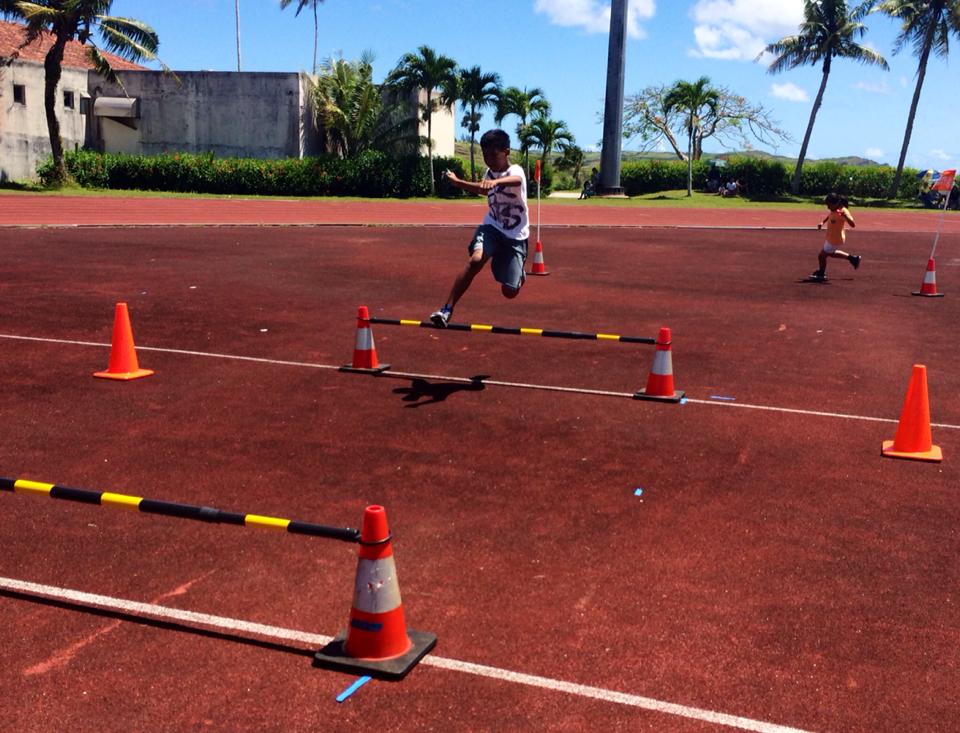 Work on bear crawls or more difficult physical movements when you’re the leader, to test your child’s coordination and mobility. This will indicate how quickly your child reacts to sudden movements and tests their focus.
Work on bear crawls or more difficult physical movements when you’re the leader, to test your child’s coordination and mobility. This will indicate how quickly your child reacts to sudden movements and tests their focus.
8. HOPSCOTCH
Many parents don’t realize how much value hopscotch provides. Help your child chalk out as intricate or simple of a grid as you’d like, and number each square. They will have to hop on one or two legs in the order of how the squares are numbered. This game teaches foot skills, coordination, balance and so much more. For older children, jump rope is an excellent alternative.
9. SOCCER PENALTY KICKS
Grab a couple of cones, rocks, or whatever markers you’d like to set up a “goal.” Stand in between your markers and have your child take a penalty kick, or in other words simply have them kick or throw a ball past you, the “goalkeeper.” As you move around, your child is learning how to deal with pressure and distraction.
10. PLAY THE BALANCE GAME
Take a spoon and place something small and round onto it, like an egg, golf ball or small wiffle ball. Then have your child walk with one or two hands holding the spoon a certain distance without letting the round object fall. This simple game helps your child learn hand-eye coordination, balance, stability and concentration.
Then have your child walk with one or two hands holding the spoon a certain distance without letting the round object fall. This simple game helps your child learn hand-eye coordination, balance, stability and concentration.
5 Productive Strategies Parents Can Use to Develop Their Child's Athleticism
Skip to contentAs a former high school strength and conditioning coach, I’ve noticed that athletic development opportunities for kids have faded in recent years.
On one hand, many schools are reducing or eliminating physical education as budgets shrink and class time becomes a greater priority. I’ve also seen an increase in parents who believe their child should train like an adult, as well as coaches who openly promote sport specialization at an early age. It’s too bad, as these factors do a disservice to the kids. It’s time that we once again prioritize building general athleticism in our children and create healthy, active young people. With that in mind, here are five productive strategies parents can employ to develop their child’s athleticism.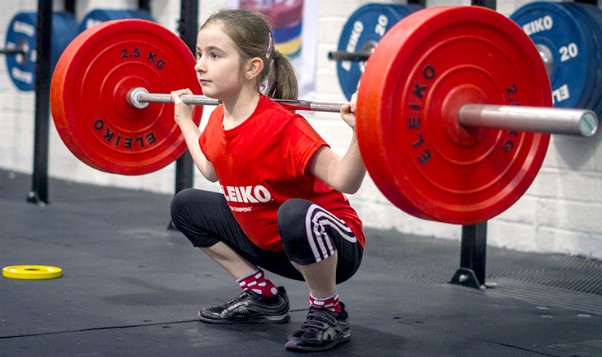
1. Encourage Them to Play
When kids go home, they don’t play as often as in past decades. Video games, social media and the latest smart phone apps tend to keep them indoors and sedentary. Consequently, childhood obesity rates have more than doubled in the last 30 years and our kids are more out of shape than ever. Not only does play time allow kids to expend energy, but it affords them an opportunity to create, problem solve and think for themselves.
As a kid, time free of adult supervision was gold. We biked, played pick-up games or created games in the yard. Most importantly, we had a blast doing it! Even simple games like tag or wall ball can go a long way toward building a child’s athleticism.
Parents need to take it upon themselves to power down their child’s devices and encourage them to play outside more frequently. Once your child is outside, stay hands off and let them explore and move with whatever activities they wish (as long as they’re reasonable and safe, of course).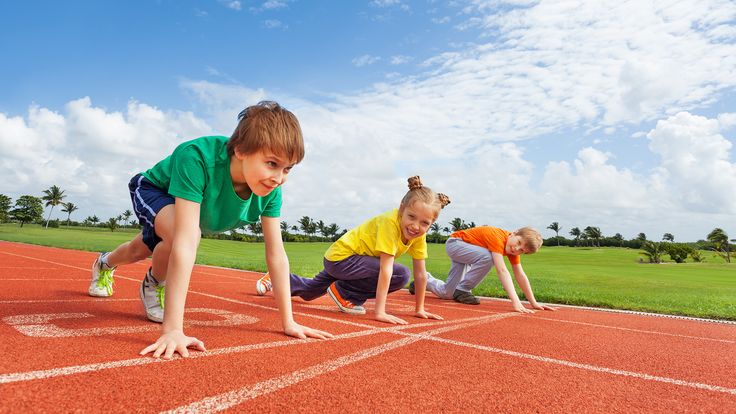
2. Keep Organized Sports Fun
I cannot stress enough the importance of the “fun factor.” Sports afford kids the opportunity to move in different planes and directions and to compete and build confidence. All of these factors are excellent for building better athletes. Although kids certainly benefit from the structure of organized activity, they also need to experience the “play” aspect of playing sports.
Overzealous adults (both parents and coaches) can and will zap the fun right out of youth sports. There will be plenty of time to “grind” later on. Let’s avoid the temptation to treat our 10-year-old as if they’re a pro athlete. Such behavior can lead to both physical and mental burnout, leaving kids to walk away from sports long before they have the chance to realize their true potential.
RELATED: Chad Johnson on Coaching His Middle School Track Star Daughter: ‘You’re a Child, Have Fun’
3. Allow (and Encourage) Them to Play Multiple Sports
While it’s great to see kids up and active, the pressure to play a single sport at an early age is disheartening. This pressure is often applied by coaches of “pay for play” teams or organizations who have a vested interest in ensuring your hard-earned dollars are spent with them.
This pressure is often applied by coaches of “pay for play” teams or organizations who have a vested interest in ensuring your hard-earned dollars are spent with them.
Parents and kids alike may also be fooled into believing that early specialization is the best path to a college scholarship, though recent research has found this to be false. None of these coaches ever reveal that just 2% of all high school athletes receive a college scholarship, and only 6% ever play in college at all. These coaches also won’t tell parents that kids who play multiple sports during their upbringing go on to boast improved athleticism, reduced injury rates and less burnout rates than those who specialize early.
My advice is simple: Allow your kids to try whatever they like. As they grow older, they’ll drop the activities they’re less passionate about and stick with the ones they enjoy most.
4. Allow Them to Fail
As a good coaching buddy of mine says, “nobody bats 1.000.” Sports help kids develop confidence and character as they mature because they learn how to deal with both success and failure.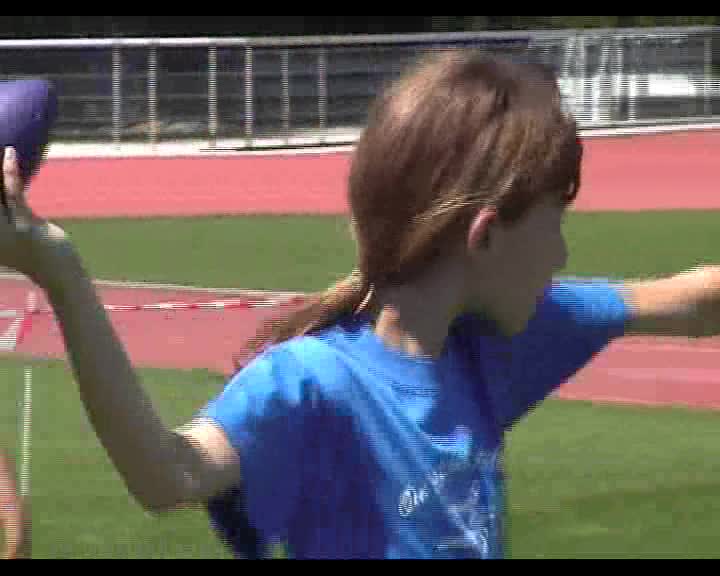 Sports are about challenges. Sometimes, those challenges will get the better of them. That’s life, and failure in sports teaches our kids so many crucial life lessons. Sadly, I’ve seen kids who prefer the post-game bus ride home to a car ride with their parent simply because it allows them to avoid an overbearing lecture from said parent about all the things the child did wrong. The best thing you can do as a parent is encourage your child to persevere through those failures and get back on the saddle. The worst thing you can do is make them feel worse and turn something that should be fun into feeling like a life-or-death situation.
Sports are about challenges. Sometimes, those challenges will get the better of them. That’s life, and failure in sports teaches our kids so many crucial life lessons. Sadly, I’ve seen kids who prefer the post-game bus ride home to a car ride with their parent simply because it allows them to avoid an overbearing lecture from said parent about all the things the child did wrong. The best thing you can do as a parent is encourage your child to persevere through those failures and get back on the saddle. The worst thing you can do is make them feel worse and turn something that should be fun into feeling like a life-or-death situation.
Failure is an opportunity to learn and grow, and your children shouldn’t be afraid of it. Encourage them to stay positive and give great effort rather than getting caught up in outcomes at this early age.
5. Find an Outlet for Strength Training
This could be an article unto itself, but strength training, when performed smartly and correctly (fun, safe, age appropriate) is perfectly fine for kids. It affords kids an opportunity to enhance their athleticism, improve motor learning and work out any imbalances they may develop. The key is to expand your thinking of strength training to include more than just a heavy barbell. Bodyweight exercises and movements can help young athletes develop good motor patterns and set them up for enhanced performance as they move into adolescence and beyond. The key is finding a certified coach who has extensive experience with the age group your child falls into and who prioritizes safety and long-term development over instant results.
It affords kids an opportunity to enhance their athleticism, improve motor learning and work out any imbalances they may develop. The key is to expand your thinking of strength training to include more than just a heavy barbell. Bodyweight exercises and movements can help young athletes develop good motor patterns and set them up for enhanced performance as they move into adolescence and beyond. The key is finding a certified coach who has extensive experience with the age group your child falls into and who prioritizes safety and long-term development over instant results.
Photo Credit: shutterbugger/iStock
READ MORE:
- 5 Behaviors of High-Performing Sports Parents
- 10 Signs You’re a Horrible Sports Parent
- 10 Things Sports Parents Should and Shouldn’t Do
Share This Story!
MOST POPULAR
As a former high school strength and conditioning coach, I’ve noticed that athletic development opportunities for kids have faded in recent years.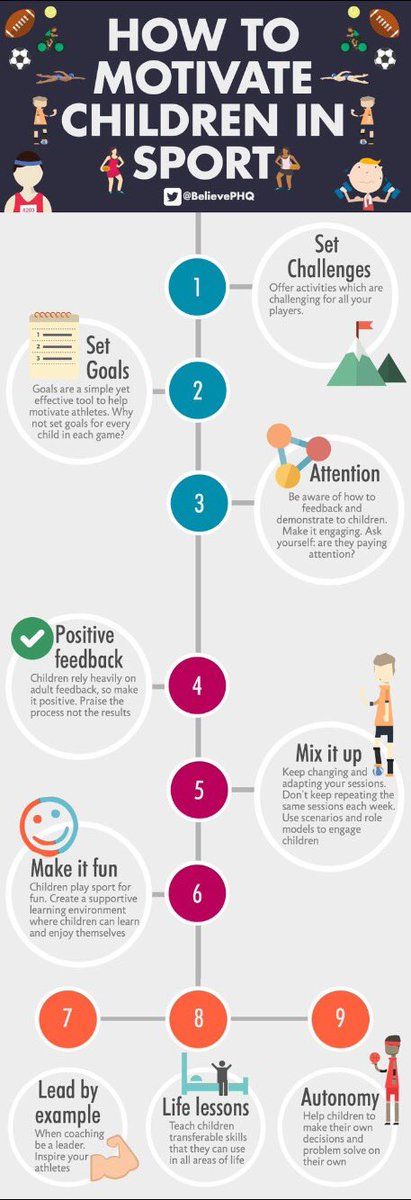
On one hand, many schools are reducing or eliminating physical education as budgets shrink and class time becomes a greater priority. I’ve also seen an increase in parents who believe their child should train like an adult, as well as coaches who openly promote sport specialization at an early age. It’s too bad, as these factors do a disservice to the kids. It’s time that we once again prioritize building general athleticism in our children and create healthy, active young people. With that in mind, here are five productive strategies parents can employ to develop their child’s athleticism.
1. Encourage Them to Play
When kids go home, they don’t play as often as in past decades. Video games, social media and the latest smart phone apps tend to keep them indoors and sedentary. Consequently, childhood obesity rates have more than doubled in the last 30 years and our kids are more out of shape than ever. Not only does play time allow kids to expend energy, but it affords them an opportunity to create, problem solve and think for themselves.
As a kid, time free of adult supervision was gold. We biked, played pick-up games or created games in the yard. Most importantly, we had a blast doing it! Even simple games like tag or wall ball can go a long way toward building a child’s athleticism.
Parents need to take it upon themselves to power down their child’s devices and encourage them to play outside more frequently. Once your child is outside, stay hands off and let them explore and move with whatever activities they wish (as long as they’re reasonable and safe, of course).
2. Keep Organized Sports Fun
I cannot stress enough the importance of the “fun factor.” Sports afford kids the opportunity to move in different planes and directions and to compete and build confidence. All of these factors are excellent for building better athletes. Although kids certainly benefit from the structure of organized activity, they also need to experience the “play” aspect of playing sports.
Overzealous adults (both parents and coaches) can and will zap the fun right out of youth sports.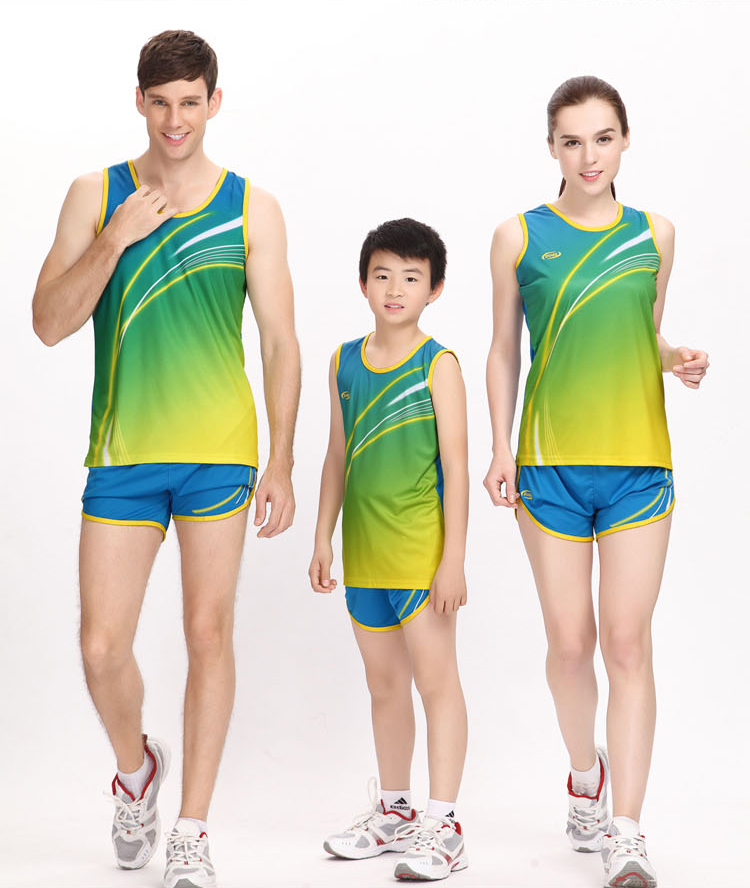 There will be plenty of time to “grind” later on. Let’s avoid the temptation to treat our 10-year-old as if they’re a pro athlete. Such behavior can lead to both physical and mental burnout, leaving kids to walk away from sports long before they have the chance to realize their true potential.
There will be plenty of time to “grind” later on. Let’s avoid the temptation to treat our 10-year-old as if they’re a pro athlete. Such behavior can lead to both physical and mental burnout, leaving kids to walk away from sports long before they have the chance to realize their true potential.
RELATED: Chad Johnson on Coaching His Middle School Track Star Daughter: ‘You’re a Child, Have Fun’
3. Allow (and Encourage) Them to Play Multiple Sports
While it’s great to see kids up and active, the pressure to play a single sport at an early age is disheartening. This pressure is often applied by coaches of “pay for play” teams or organizations who have a vested interest in ensuring your hard-earned dollars are spent with them.
Parents and kids alike may also be fooled into believing that early specialization is the best path to a college scholarship, though recent research has found this to be false. None of these coaches ever reveal that just 2% of all high school athletes receive a college scholarship, and only 6% ever play in college at all. These coaches also won’t tell parents that kids who play multiple sports during their upbringing go on to boast improved athleticism, reduced injury rates and less burnout rates than those who specialize early.
These coaches also won’t tell parents that kids who play multiple sports during their upbringing go on to boast improved athleticism, reduced injury rates and less burnout rates than those who specialize early.
My advice is simple: Allow your kids to try whatever they like. As they grow older, they’ll drop the activities they’re less passionate about and stick with the ones they enjoy most.
4. Allow Them to Fail
As a good coaching buddy of mine says, “nobody bats 1.000.” Sports help kids develop confidence and character as they mature because they learn how to deal with both success and failure. Sports are about challenges. Sometimes, those challenges will get the better of them. That’s life, and failure in sports teaches our kids so many crucial life lessons. Sadly, I’ve seen kids who prefer the post-game bus ride home to a car ride with their parent simply because it allows them to avoid an overbearing lecture from said parent about all the things the child did wrong. The best thing you can do as a parent is encourage your child to persevere through those failures and get back on the saddle. The worst thing you can do is make them feel worse and turn something that should be fun into feeling like a life-or-death situation.
The best thing you can do as a parent is encourage your child to persevere through those failures and get back on the saddle. The worst thing you can do is make them feel worse and turn something that should be fun into feeling like a life-or-death situation.
Failure is an opportunity to learn and grow, and your children shouldn’t be afraid of it. Encourage them to stay positive and give great effort rather than getting caught up in outcomes at this early age.
5. Find an Outlet for Strength Training
This could be an article unto itself, but strength training, when performed smartly and correctly (fun, safe, age appropriate) is perfectly fine for kids. It affords kids an opportunity to enhance their athleticism, improve motor learning and work out any imbalances they may develop. The key is to expand your thinking of strength training to include more than just a heavy barbell. Bodyweight exercises and movements can help young athletes develop good motor patterns and set them up for enhanced performance as they move into adolescence and beyond. The key is finding a certified coach who has extensive experience with the age group your child falls into and who prioritizes safety and long-term development over instant results.
The key is finding a certified coach who has extensive experience with the age group your child falls into and who prioritizes safety and long-term development over instant results.
Photo Credit: shutterbugger/iStock
READ MORE:
- 5 Behaviors of High-Performing Sports Parents
- 10 Signs You’re a Horrible Sports Parent
- 10 Things Sports Parents Should and Shouldn’t Do
Share This Story!
Page load linkHow to accustom a child to sports
Many parents, looking at their child, who spends all his free time on gadgets, wonder how to accustom a child to sports, because a sports load is necessary for full physical development and health in general.
In fact, if you have this question, you are already halfway to victory, because without the participation of parents, the child himself will not get up from his chair and will not go to study.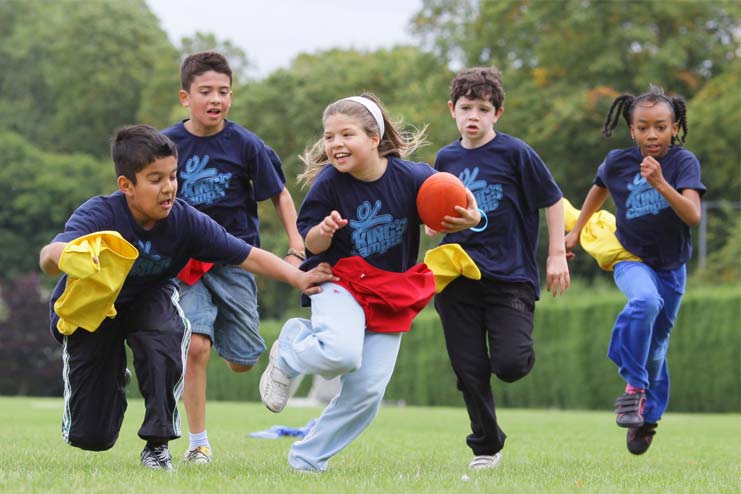
In this article we will look at how to teach your child to sports at a very early age or at school age, so that physical activity becomes the norm for him in adulthood.
The impact of sport on child development
The impact of sport on child development is enormous. Many people mistakenly think that sports only affect physical data, but numerous studies have proven that physical activity also has a positive effect on the mental and mental development of the baby.
Let's consider the benefits of physical activity for children:
- Physical development. When playing sports from an early age, the baby grows physically strong and developed. Regular training allows you to form the correct posture, avoid problems with the cardiovascular system, strengthen the immune system, prevent diseases of the respiratory system and increase endurance. Physically strong children are less prone to seasonal diseases and the development of chronic diseases;
- Mental development.
 Almost any active games develop a quick reaction, thinking and help to create logical connections. It has been proven that children involved in sports sections at school show higher results compared to their peers who lead a passive lifestyle. This is due not only to the fulfillment of tasks in training, but also to the enrichment of the brain with oxygen during classes, which contributes to the concentration of attention and easy assimilation of educational material;
Almost any active games develop a quick reaction, thinking and help to create logical connections. It has been proven that children involved in sports sections at school show higher results compared to their peers who lead a passive lifestyle. This is due not only to the fulfillment of tasks in training, but also to the enrichment of the brain with oxygen during classes, which contributes to the concentration of attention and easy assimilation of educational material; - Mental development. Mental health is an important component of harmonious development. Sport strengthens the psyche and instills in the child self-esteem. In training, children are taught self-control and discipline. As a result, the baby reacts more calmly to comments, learns to resolve conflict situations and adequately respond to criticism. In general, physical activity strengthens the nervous system, which means that it makes the child more resistant to negative psychological factors.
The main task of parents is to instill in their child a love for sports from an early age.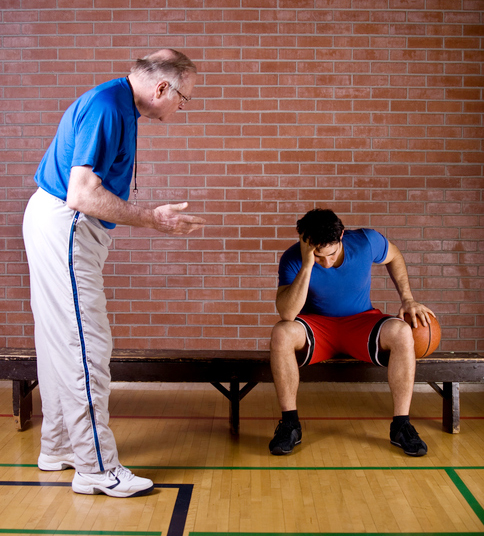 Having given the baby to the section without prior preparation, most likely the parents will face the reluctance of the crumbs to engage in, with constant whims and numerous tricks for skipping classes.
Having given the baby to the section without prior preparation, most likely the parents will face the reluctance of the crumbs to engage in, with constant whims and numerous tricks for skipping classes.
Such a situation will not add to health, and may even harm, finally discouraging the child from going in for sports.
When sending your child to a section, do not forget to take out sports insurance for the child. An insurance policy can only be issued for the duration of training and competitions or with 24/7 coverage.
For children, it is better to take out a 24-hour policy, because such insurance covers not only sports injuries, but also any other accidents in everyday life.
How to instill a love for sports in a child
First of all, parents should understand that love for sports is a family trait. If you yourself lead a passive lifestyle, spend all your time at a computer or TV, it is absurd to expect a child to love sports.
Even if you tell him every day that he needs to study, and you yourself do not get up from the chair, the baby will avoid classes by all means.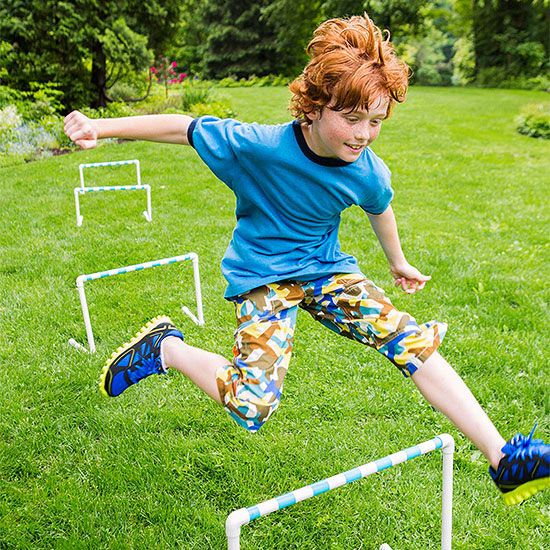 The only sure way is to set an example for the baby. Moreover, this example should not be isolated, it should be a family way of life.
The only sure way is to set an example for the baby. Moreover, this example should not be isolated, it should be a family way of life.
But don't be afraid, you won't be required to join a sports club or win an Olympic medal. All that is required of you is to do morning exercises with the whole family every day, and on weekends to play outdoor games or go out into nature.
This is only the first step to make your child fall in love with sports, and experts also advise parents to follow three important rules so as not to discourage the child from playing sports, namely:
- Start exercising yourself and set an example;
- Do not impose a sport, let him choose;
- Praise more often and never scold if something doesn't work out.
In addition, parents should motivate their child to go in for sports. To do this, the baby needs to create all the conditions that will help to interest the baby and make classes fun and exciting.
Instilling a love for sports from childhood - proven methods
Psychologists and coaches offer parents proven methods for involving a child in sports. If you yourself are fond of sports, take your baby with you to training, take your favorite teams to competitions, watch sports programs together and explain the meaning of each sports discipline.
If you yourself are fond of sports, take your baby with you to training, take your favorite teams to competitions, watch sports programs together and explain the meaning of each sports discipline.
Young mothers today can take advantage of a unique offer from fitness clubs that offer activities for children while their mothers are working out. Also, to attract children to sports, use the following methods:
- New sports uniform
Sportswear is an important attribute of accustoming a child to sports. It will be better if the baby chooses a tracksuit, t-shirts and sneakers for himself. Parents should make sure that all things are of high quality and are sewn from natural materials.
If the uniform is bought not for home practice, but for training in the section, before buying it, consult with the trainer. Some disciplines require special equipment such as shin guards, hard hats, and certain tracksuits.
For example, cycling requires the purchase of special shorts and cycling shoes, while martial arts require the purchase of special kimonos.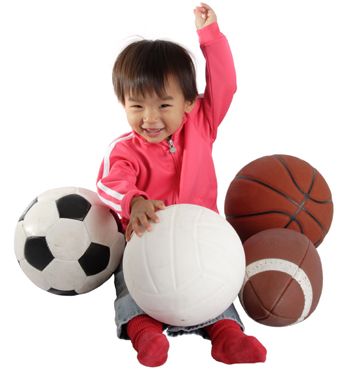
- Sports equipment
Teach your children about sports from childhood. To do this, buy them not only modern gadgets, but also bright balls, jump ropes, hoops, etc. An excellent option to attract a child to sports will be the purchase of a Swedish wall, because not a single fidget will be able to pass by such an interesting sports corner.
For active entertainment, a school-age child can purchase roller skates, a skateboard, a soccer ball, a basketball hoop, and so on.
- Praise and pride
The main rule in order to instill a love for sports in a child is no criticism, only praise and pride in achievements. This applies to the smallest children, because they are very sensitive to criticism.
Praise, on the contrary, will stimulate the baby to achieve great success and learn new exercises. If your kid is already attending the section, you must be present at every competition, because at this moment he just needs support and your pride in his victory.
- Sports fields and summer camps
During the holidays children should be taken to children's sports grounds, and from 7-8 years old, if possible, sent to summer camps.
Collective outdoor games, trips, competitions and other activities will spur a child's interest in sports and give positive emotions, which will form a love for sports. Children especially enjoy the sports summer camps, where they can camp, go camping, light evening bonfires and learn wilderness survival skills.
If you are afraid to send your child to such a camp, a regular school camp with excursions, daily exercises and active games is quite suitable.
Selecting a section
Selecting a section should take into account the nature and physical characteristics of the child. There is no need to impose a certain section on the baby, let him try a few circles or sign up where his friends go.
Changing the section should not frighten parents, do not interfere if suddenly a young athlete decides to go to another sport, because he is just starting his journey and must find a section where he will be as comfortable as possible.
You can choose a sports club in our catalog of sections. Here you can find out at what age children are accepted into sports, and what are the requirements for admission.
Earliest participation in sports
Ideally, the earliest participation in sports should take place in the first months after birth. Many parents today sign up for special swimming classes with babies, and rightly so.
Early gymnastics in the pool or bath will save the baby from such ailments as intracranial pressure, increased muscle tone, strengthen the immune system and nervous system.
In some cases, children from the age of 3 can be enrolled in the sports section, but usually children from 5 years old are accepted for non-traumatic sports.
Mistakes of parents
Often, strange as it may seem, the parents themselves are to blame for a child's dislike of sports. The thing is that having decided to raise their child healthy and strong, and giving him to the sports section, parents make mistakes that completely kill the desire to study in the child.
Consider the typical mistakes of parents when choosing a sports section for a child:
- Registration in the section when entering the first grade. If your child did not go in for sports before going to school, you do not need to send him to the section in the first grade. In the first year of study, the child is already in constant stress, he has to change the daily routine, the mental load increases, and he may simply not be able to withstand sports. As a result, there will be no success either in school or in sports;
- Choice of section at the request of parents. Often you can find a situation where a child does not want to go to classes, because they are simply not interested in them. But his parents insist that he attend classes and show results. There is no need to force the child, let him choose a sport for himself, because this is the only way he will visit mugs with pleasure;
- Choice of section without taking into account character and temperament.
 For example, if your baby is quiet and hardly makes contact, you do not need to give him to active sports so that he becomes more active and bolder. Take a simple temperament test to find out which sports are right for your little one. Also, before enrolling in the section, you can undergo specialized testing in a specialized center, where, in addition to character, the child’s physical predisposition to certain sports will also be determined;
For example, if your baby is quiet and hardly makes contact, you do not need to give him to active sports so that he becomes more active and bolder. Take a simple temperament test to find out which sports are right for your little one. Also, before enrolling in the section, you can undergo specialized testing in a specialized center, where, in addition to character, the child’s physical predisposition to certain sports will also be determined; - Excessive demands. Many mothers and fathers demand quick results in sports from the baby. They begin to compare him with other children, point out mistakes and criticize him for his lack of diplomas and victories. It is categorically impossible to do this, on the contrary, look for reasons for praise and notice any even the smallest victory;
- Trainer's choice. If, after sending the child to the section, you see the reluctance of the crumbs to go to classes and a complete lack of results, talk to the child. Perhaps he does not like the methods of the trainer or he is simply afraid of him.
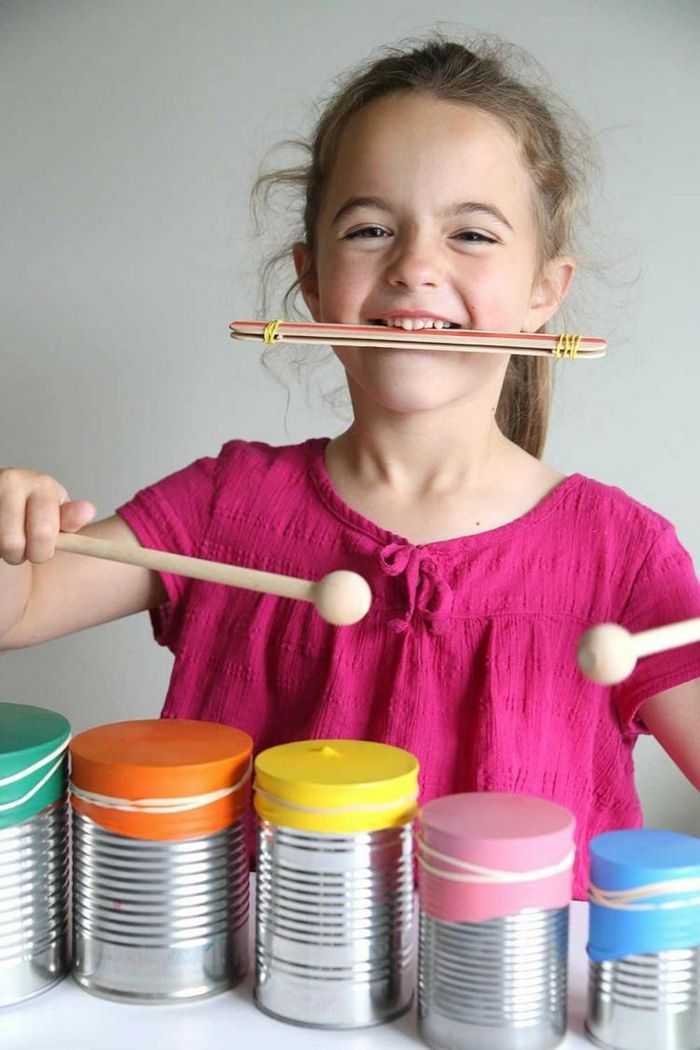 If this is the case, it is better to transfer the baby to another circle so as not to completely discourage his desire for sports.
If this is the case, it is better to transfer the baby to another circle so as not to completely discourage his desire for sports.
Can sports harm a child
According to experts, an incorrectly chosen sport or an incorrectly drawn up schedule of classes can really harm a child instead of benefit. This is especially true for classes in preschool and primary school age.
According to doctors, up to 10 years of age, playing sports should be of a general strengthening nature without intensive loads and daily workouts.
When choosing a section, special attention should be paid to elementary school. Training should not interfere with learning and the child should still have time to relax and walk with friends.
Undoubtedly, it is necessary to instill a love for sports from childhood, but it must be done correctly and without excesses. Physical activities should first of all bring pleasure to the child, because only in this case the sport will benefit.
If you notice that your baby is passive, does not want to learn, spends all the time on a tablet or phone, he has no friends, and he is not interested in anything, it's time to sound the alarm. Talk to your child and choose an interesting sport for him and in a few weeks you will notice how your child will begin to change.
Raising a young athlete - how to raise a champion from a child?
If a child succeeds in his favorite sport, it will bring him and the whole family many advantages.
- A son or daughter will grow up purposeful and ambitious, because sport develops a stubborn character in a person.
- All your friends and relatives will be proud of you, and if your child reaches the level of the Olympic Games, the whole country will be proud.
- Sport disciplines. You don't have to argue with your child about unfinished homework or forgotten business. As a rule, young athletes are extremely collected and organized. Lifestyle does not allow "freebie".
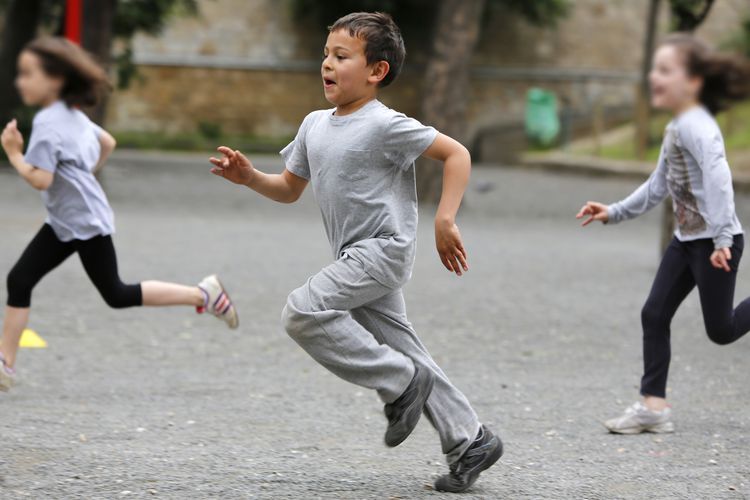
- The child understands that results can only be achieved by persistent everyday work.
- Sport will cease to be just a hobby and become a matter of life.
But the championship has a downside, which you need to be ready for.
- It is not always possible to explain to children why they need to constantly train, they want to take a walk with friends, go to the cinema.
- A sports career involves a lot of stress. The child will have to temper not only the body, but also the spirit. To cope with the assigned responsibility, you will need a stable psyche and stable support from loved ones.
- One can reach the heights only by devoting oneself. Sport should be the main pillar in a child's life.
- Professional sports always carry the risk of injury. It is important to carefully monitor the health and safety of the child during training, competition and outings.
6 practical tips
Let's figure out how to raise a champion.
Let me decide for myself
We need a conscious choice of the sport in which the child will develop. The achievements of a son or daughter should be their own merit. If a child has no desire to move into a professional category, there can be no talk of a championship.
Unfortunately, it happens that the motivation of parents to raise a champion from a child is the desire to secure their future at the expense of his sporting success. But if this motive is the only one, the child will not go far. Rational motivation is the physical and emotional development of your son or daughter.
The child must have a sincere desire to win the title of champion and succeed.
<
Don't focus on winning
Many of us believe that the main thing in sports is winning. Change your attitude to this situation: participation in the competition is important! Oddly enough, this is what will give the child the opportunity to win.
It has been proven in sports psychology that when an athlete is oriented not to achieve victory at any cost, but, for example, to master a new technical element, sports lead to more effective results.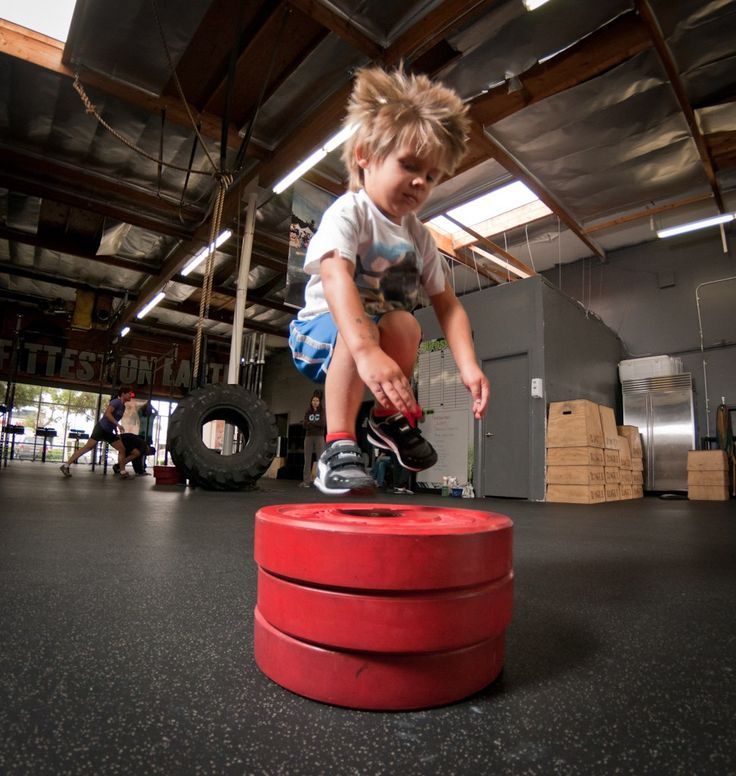 So the chances of raising a champion are much higher.
So the chances of raising a champion are much higher.
Be an example
Adults are role models in everything. Your task is to help the child maintain discipline. To do this, it is important to be organized parents.
Introduce sports into your life, if not at the champion level, but at least at the amateur level. It is not necessary to douse ice water every day, but it is possible and necessary to introduce moderate physical activity into the daily life of the family. Arrange jogging, hiking, skiing.
Proper family lifestyle greatly affects the child's motivation to reach heights.
Find a mentor
It's great if the child has not only examples of adults to look up to, but also a mentor who is directly involved in his development, inspires and helps to go towards the goal.
Foxford Home Online School has a tutoring program designed to help children, including athletes, find their way and stick to it. An individual tutor is attached to the child, who is professionally qualified and knows exactly how to educate an athlete.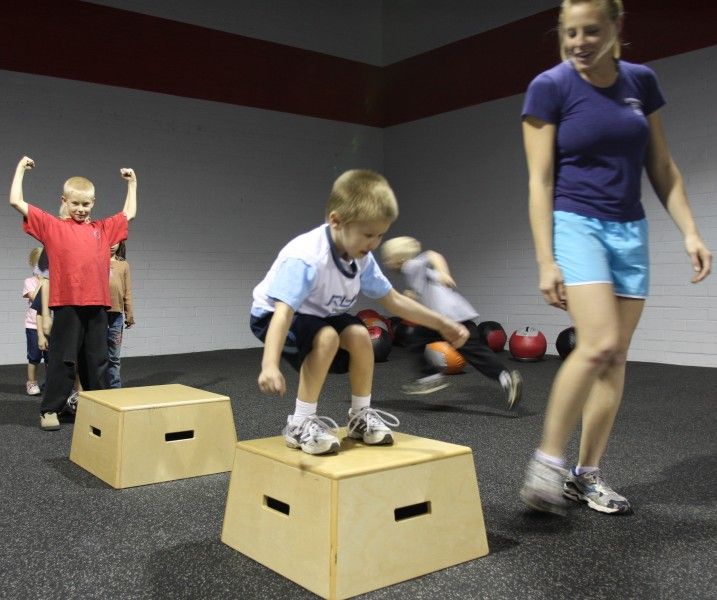 The average experience of tutor practice for tutors at Foxford is 6 years. All have a higher psychological and pedagogical education.
The average experience of tutor practice for tutors at Foxford is 6 years. All have a higher psychological and pedagogical education.
A competent mentor knows how to support a child in a difficult moment, inspire him to achieve and not let him give up in case of a loss, how to make the sports path easier and more joyful.
Change the form of education
If your goal is to raise a young athlete, a traditional school with six or seven lessons a day, class hours and mountains of homework will cause a lot of trouble. Future champions are required to adhere to a rigid training schedule, and during the period of competition they often have to move from place to place. As a result, a large number of missed classes and a drop in academic performance.
Transition to family education to combine professional sports and graduation. The Law on Education permits the education of children outside educational institutions (Article 17). You can not go to school, but start studying at home.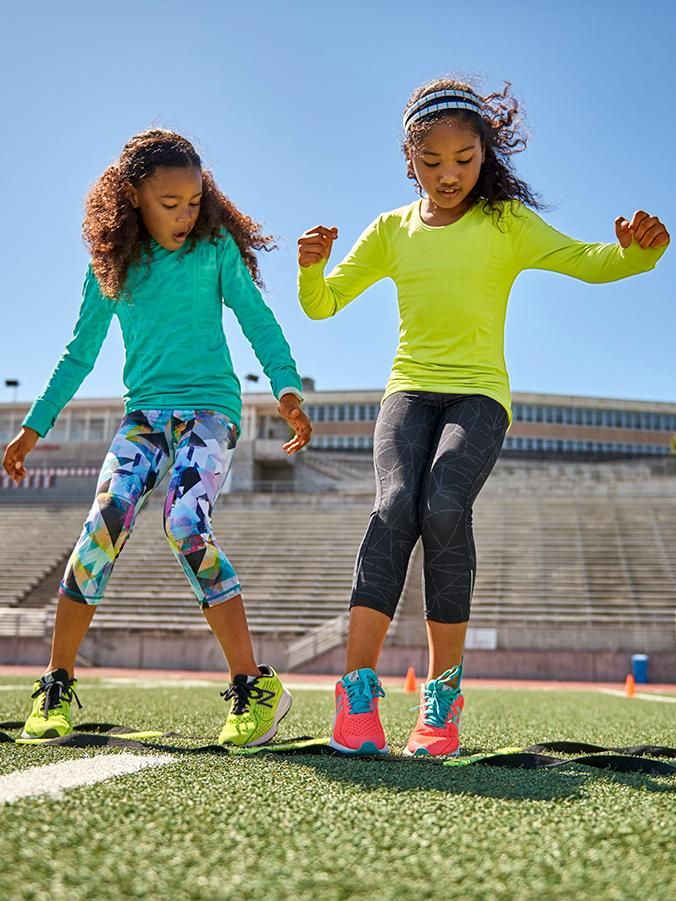 However, it is not necessary to teach the child on your own. Many athletes are attached to an online school that takes care of all the hassle of scheduling, taking into account the individual training schedule of the child.
However, it is not necessary to teach the child on your own. Many athletes are attached to an online school that takes care of all the hassle of scheduling, taking into account the individual training schedule of the child.
For example, students from all over the world study at Foxford's home online school. Many of them go in for sports at a professional level, regularly participate in competitions and win cups. Classes are taught by teachers from the best universities in Russia, experts from the Unified State Examination and the Unified State Examination, members of the jury of the Olympiads. During online classes, there is a chat where you can ask questions to teachers and communicate with classmates. The schedule is flexible, adjusted to the individual needs of the young champion. The family form of education will allow you to go to the heights, and not forget about your studies.
<
<
Be Realistic
There will be a lot of training, defeat and disappointment before a child reaches Olympic level.